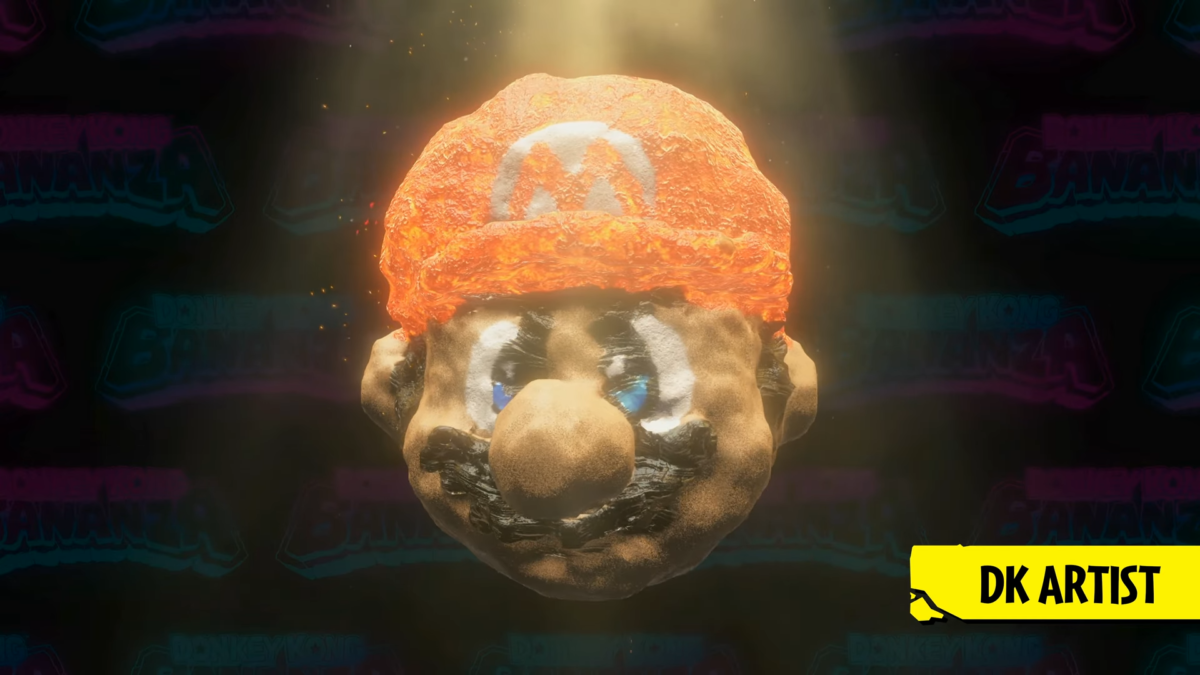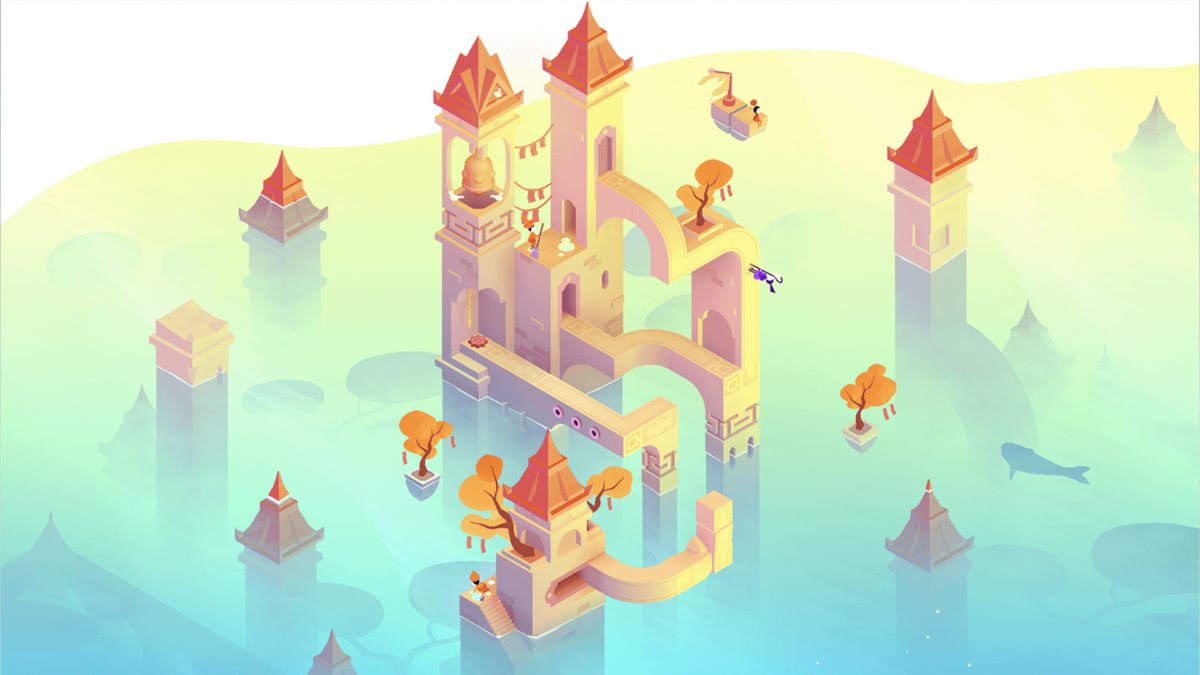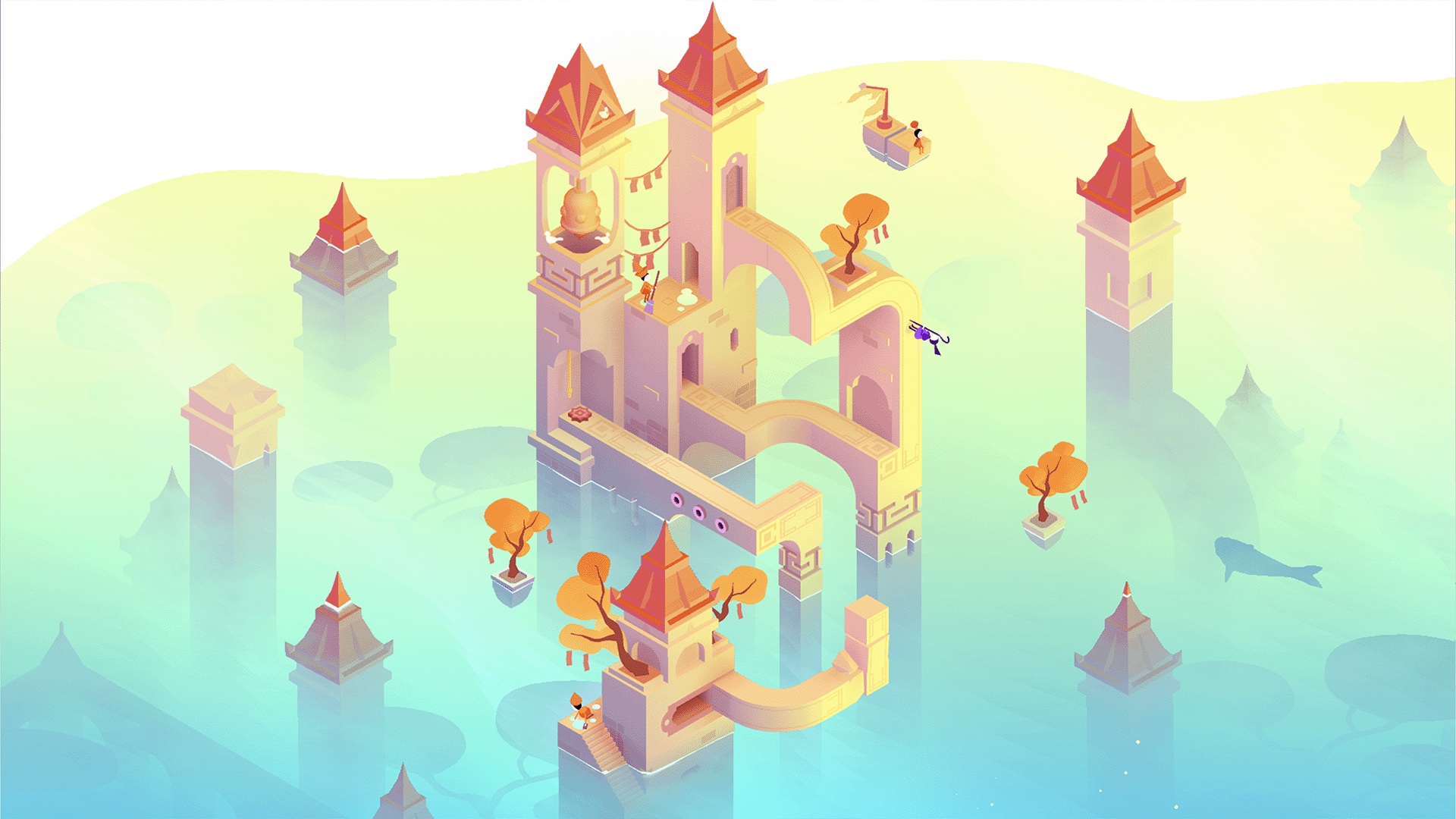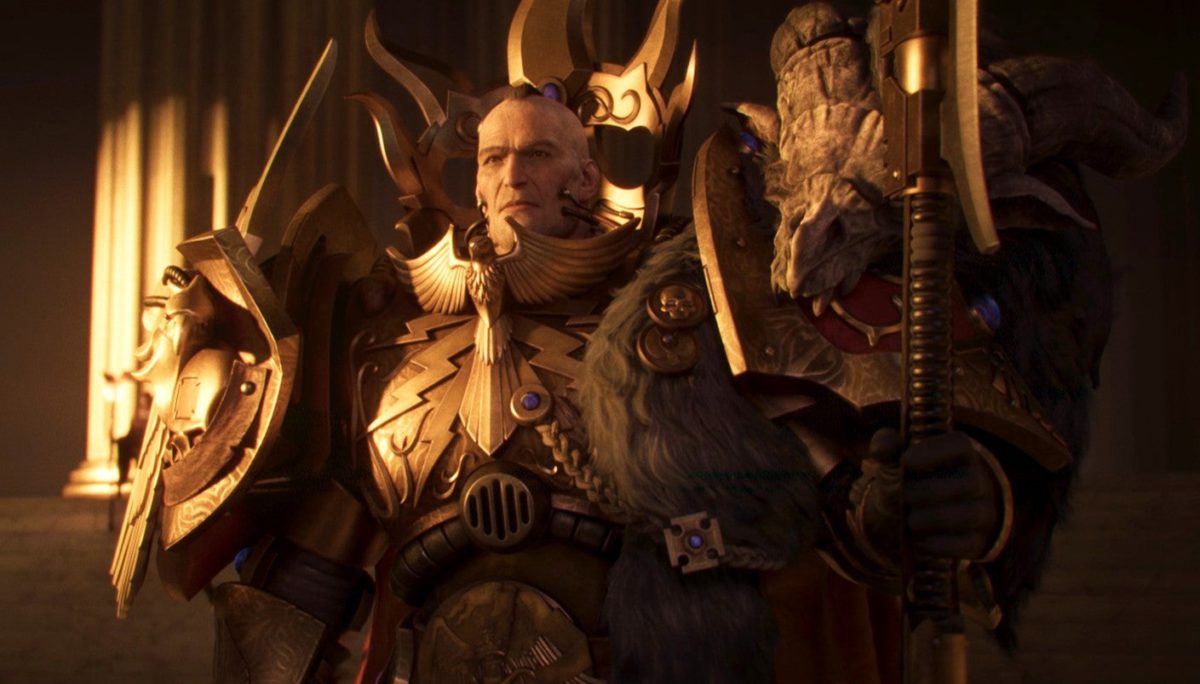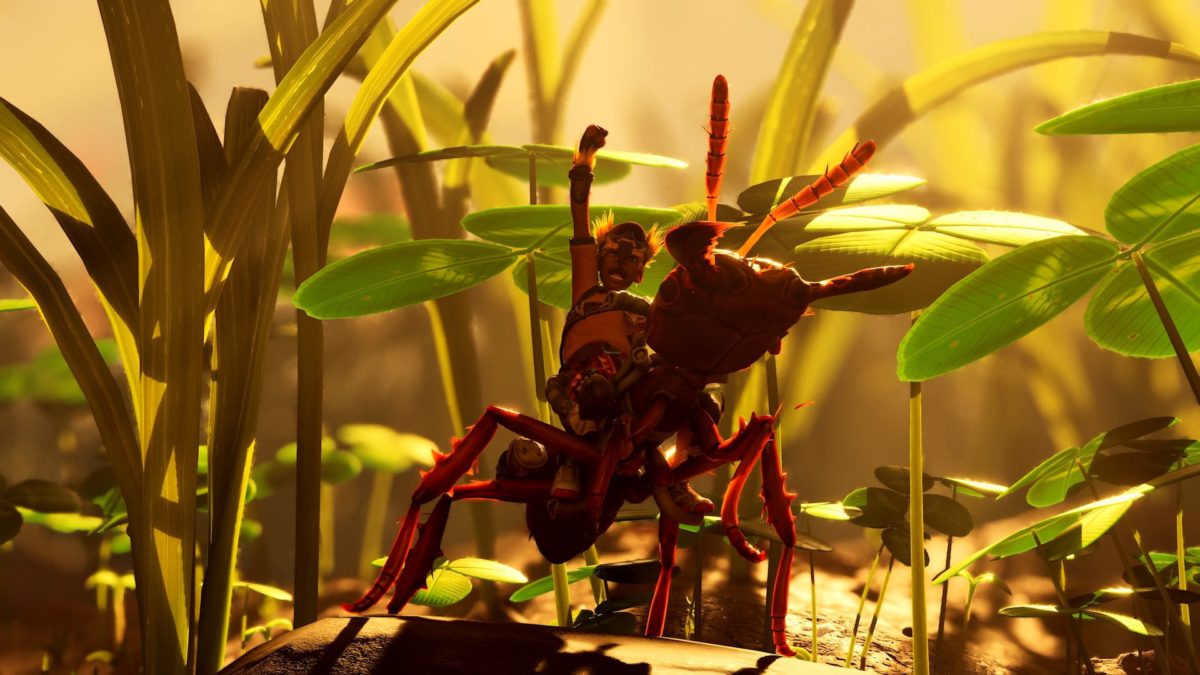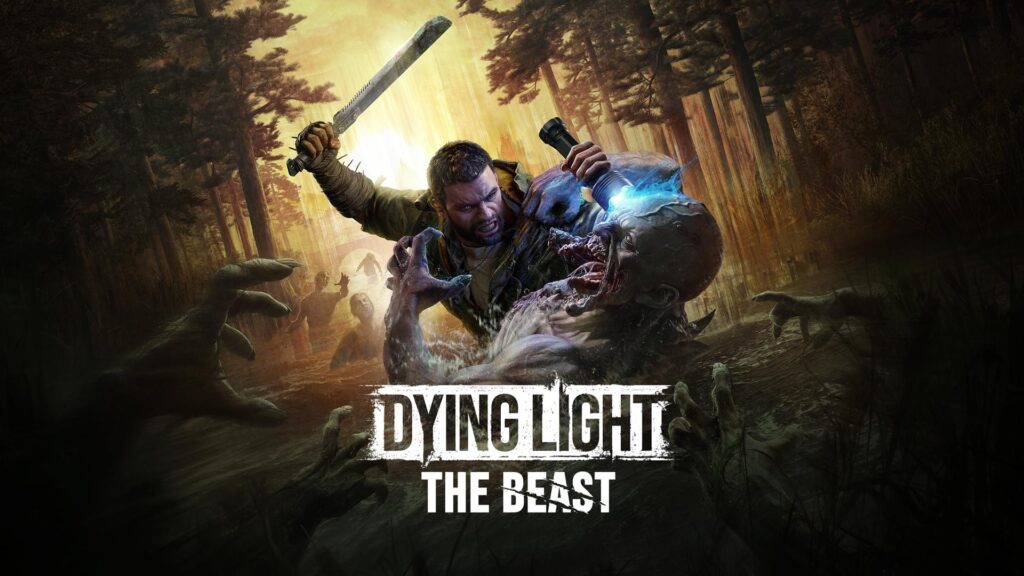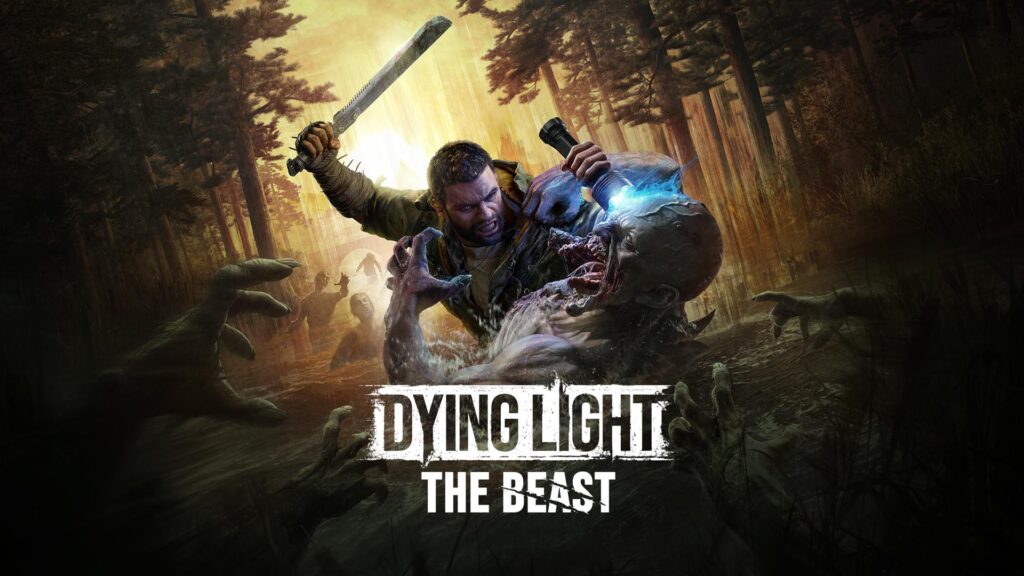Author: Game Infliction
Donkey Kong: Bananza Players Are Already Making Wild Stuff in Artist Mode

Donkey Kong: Bananza is out now, and while most of us are having a bananza smashing our way through Ingot Isle, some players are taking things a bit slower, and spending hours in the game’s Artist Mode making wild sculpted creations.
If you’re out of the loop, Donkey Kong: Bananza has an unlockable artist mode where you can use your rock-sculpting powers to make 3D shapes, color them in, and share them online with other players. It’s basically a virtual carving tool, and it’s pretty dang fun to mess with even if you’re not much of an artist.
But as with every other game that lets players create with any amount of freedom, players are making some truly excellent stuff already and sharing it online. This is helped by the fact that the Nintendo Switch 2’s Joy-Con mouse controls make it much easier to sculpt at a fine level of detail than just flailing around with the joysticks, resulting in some pretty good art overall that’s only getting better as people master the system.
A lot of folks are making Nintendo characters, the Kongs obviously, but also…this guy?
Here’s a pretty good Samus someone made:
Characters from other games are showing up too, like this excellent Banjo:
I made Banjo with the DK artist mode in Donkey Kong Bananza!! pic.twitter.com/oq0Ap8LZKD
— AS112 (@AS_12239) July 18, 2025
I’m also seeing a weird amount of DK-Homer Simpsons being made – I guess because his head is nice and round and easy to sculpt? And also very similar to Donkey Kong’s, I guess?
Some folks are venturing outside the realm of video games with their creations, like these:
It is probably worth mentioning that yes, you can also make inappropriate or bawdy sculptures in the game’s artist mode. You do you, of course, but be warned that if you share these creations online, Nintendo might bust out the ban hammer on you and could potentially restrict your Nintendo Account as a result.
Donkey Kong: Bananza is out today, and we highly recommend it, having given the game a 10/10 in our review. As our reviewer put it, “Donkey Kong Bananza is a truly groundbreaking 3D platformer, with satisfying movement, powerful abilities, impressive destructible environments, and clever challenges that all come together in complete harmony to create Nintendo’s first Switch 2 masterpiece.”
If you, like us, can’t get enough of Bananza, we have plenty of walkthroughs to aid your journey underground, including Banandium Gem locations, starter tips and tricks, and a full walkthrough.
How Monument Valley 3 Uses Soundscapes to Tell Its Story
Summary
- Learn how Monument Valley 3 transforms every interaction into a living soundscape for a fully immersive experience.
- Audio Director Todd Baker shares how the game’s music and sound design tell Noor’s emotional journey.
- Monument Valley 3 launches July 22, 2025, for Xbox Series X|S and Xbox One and the collectible vinyl soundtrack is available to pre-order now from iam8bit.
When we began working on Monument Valley 3 at ustwo games, our goal was to push the boundaries of what game audio could be. We didn’t want the soundtrack to simply sit alongside the visuals: it needed to be deeply embedded in the storytelling and gameplay, emotionally connected to every move the player makes. That approach has led to the sound design, audio direction and soundtrack being nominated at the D.I.C.E Awards, Mobile Game Awards, and more.
For Monument Valley 3, I worked closely with co-composer Lucie Treacher to blur the line between traditional composition and interactive sound design. Together, we crafted an audio experience that’s meant to be fully immersive – one that I believe is best appreciated with headphones when the game launches on Xbox Series X|S and Xbox One on July 22.
A Fresh, Experimental Approach to Sound
While Monument Valley and its sequel were celebrated for their serene, ambient soundscapes, I deliberately chose not to revisit those soundtracks during production as an attempt to break away from the formula of the previous games. I wanted to keep my perspective fresh and allow new ideas to take root without being overly influenced by what had come before. This decision gave me and my co-composer Lucie Treacher a blank canvas, and with it, the freedom to experiment.
Each level in Monument Valley 3 became its own miniature sound world. Instead of scoring the game with one overarching musical theme, we approached every chapter as a self-contained sound installation. This allowed us to tailor the sonic experience to the emotion, visual design, and narrative beats of each environment.
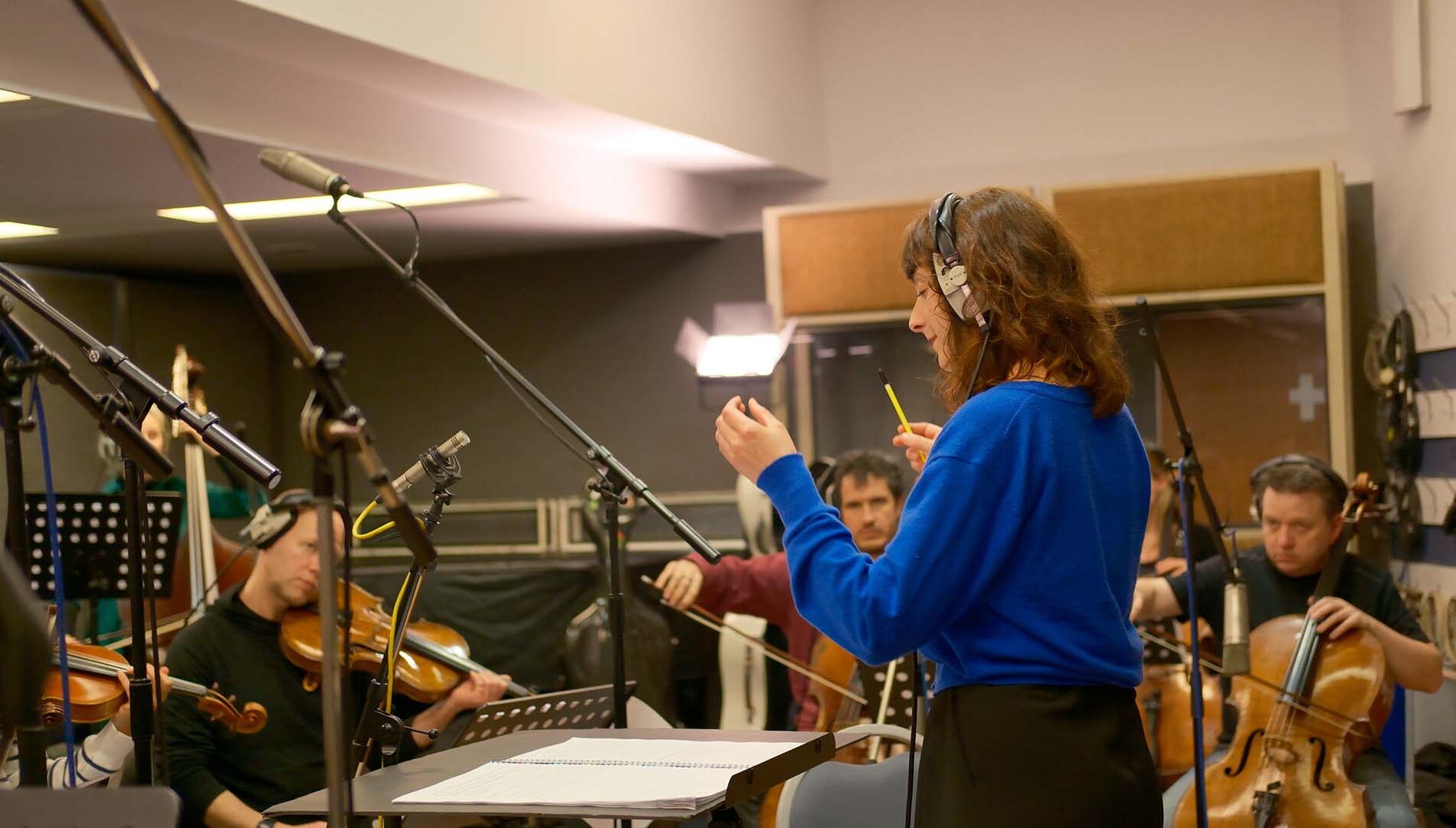
It also opened the door to incorporating global musical influences, from the breathy tones of the Bansuri to the resonant chimes of Gamelan and the earthy plucks of the Kora, which is a harp from West Africa. These instruments weren’t chosen for novelty, but because they brought texture, cultural richness, and emotional resonance to the world of Noor, the game’s heroine. All on top of a 17-piece string section as our solid base.
A Living, Responsive Soundscape & Water As A Musical Element
Crucially, Lucie and I wanted sound to be interactive. One of the game’s core themes is transformation, so it felt natural to create an audio system that could morph in real-time based on how players move and manipulate the world. I leaned heavily on granular synthesis and virtual instrument design to achieve this. In certain levels, the architecture becomes an instrument itself: as you shift blocks, rotate towers, or guide Noor through a puzzle, the music responds and evolves. It’s like you’re composing as you’re playing.
This idea of interactivity also extended to our approach to environmental audio. Water is a central motif in Monument Valley 3, symbolizing both destruction and renewal. To do it justice, I recorded and processed a vast library of water sounds, including rivers, lakes, pouring taps, underwater ambiances, and used them as both musical and textural elements. In some moments, the water provides gentle ambience; in others, it becomes part of the melodic structure. Every drip, ripple, and splash were considered.
A Tactile and Cinematic Score
The game’s tactile nature was also key to the audio experience. We wanted each interaction to feel musical, like a note being played in a larger composition. This meant designing detailed, layered feedback for every touchpoint. The sound of turning a gear isn’t just a mechanical click; it’s tuned, rhythmic, and harmonically in key with the scene’s ambient music. Lucie and I often thought of the entire soundscape as a living instrument, with players improvising a unique performance each time they played.
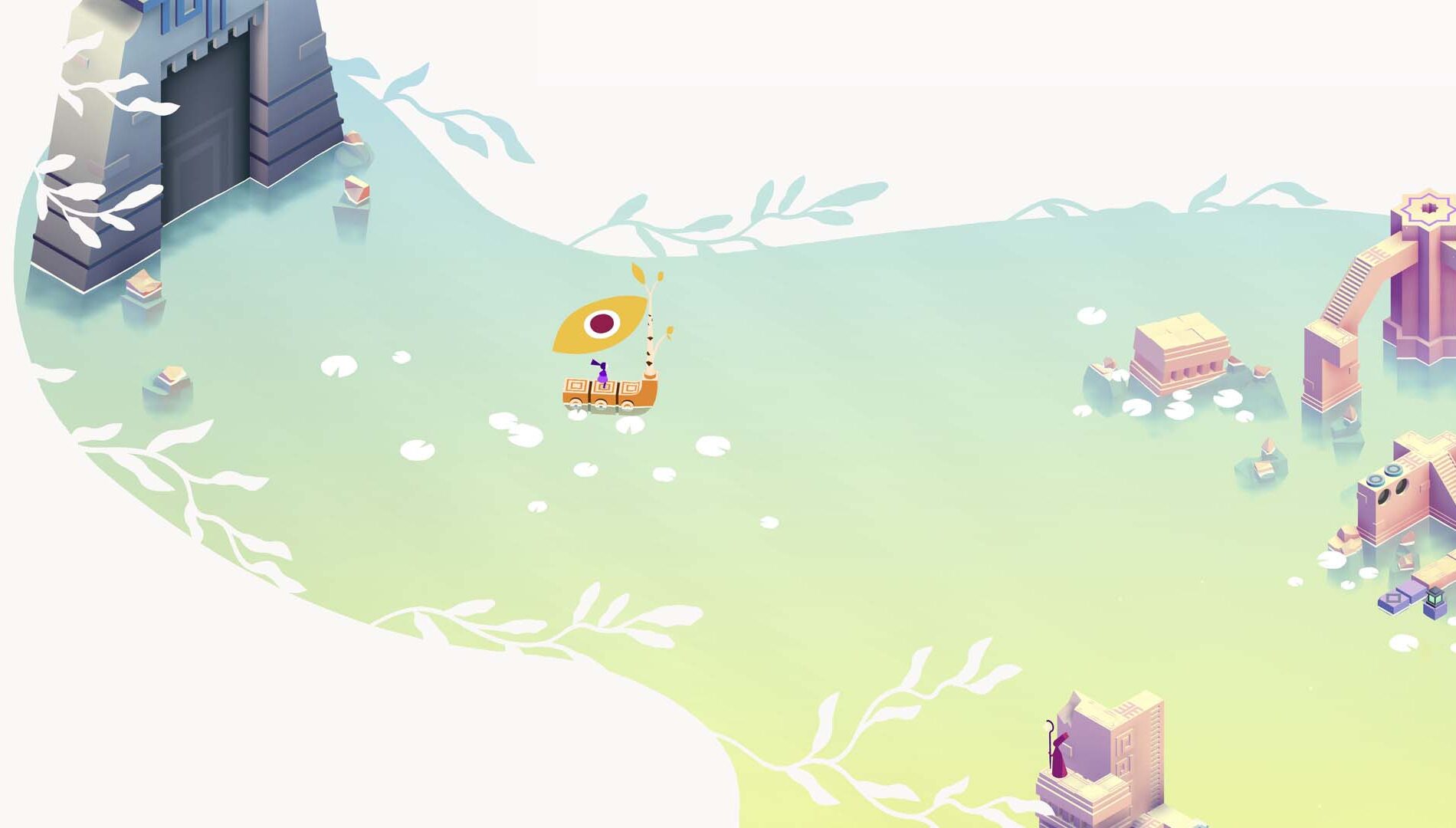
Of course, this level of detail requires collaboration. Lucie and I worked closely with level designers and narrative leads throughout the production. Sound was never an afterthought as it had to be there from the very beginning, woven into the narrative arcs, spatial design, and even the puzzles themselves. We often built music and mechanics together, ensuring that one enhanced the other.
One of my favorite examples is a level inspired by paper and origami. Visually, it unfolds like a print coming to life, and we wanted the music to feel equally handmade. We used crinkling paper textures, lo-fi tape hiss, and analogue synths to create an intimate, tactile feel that matched the level’s delicate visual aesthetic.
What I’m most proud of, though, is how the audio in Monument Valley 3 supports the game’s emotional journey. Noor’s story is one of grief, growth, and hope. The music gently guides players through that emotional arc, rising and falling with the character’s internal struggles and triumphs. In more reflective moments, sparse strings and breathy flutes leave space for introspection. During climactic puzzles, the soundtrack swells, bringing a sense of momentum and catharsis.
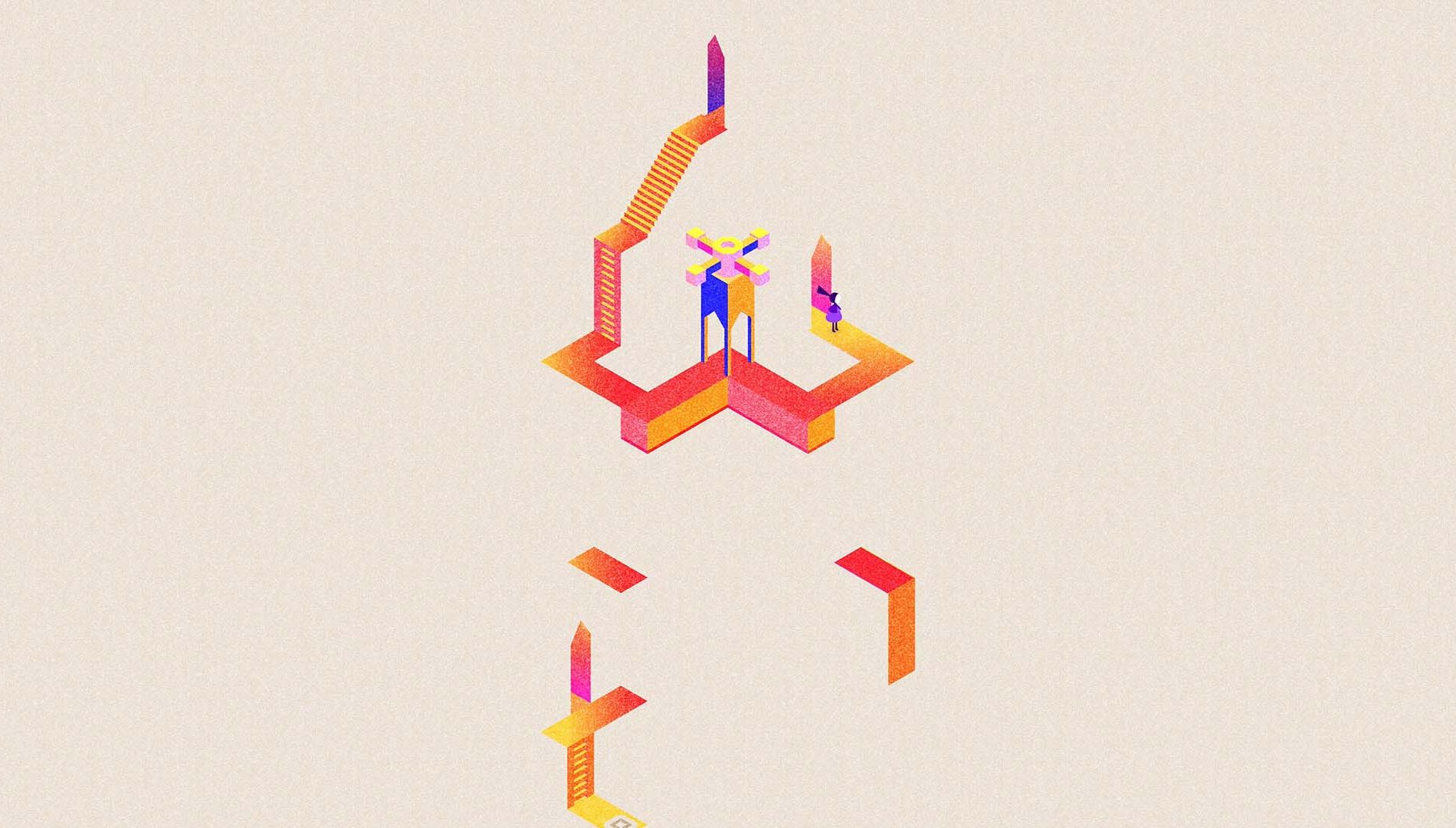
We’ve designed Monument Valley 3 to be best experienced with headphones, where the full detail and nuance of the soundscape can be appreciated. It’s a game that rewards careful listening, and I hope players on Xbox will feel immersed not just visually, but sonically.
I’m excited for even more people to hear the story we’ve told: not just through dialogue or art, but through sound.
Monument Valley 3, developed and published by BAFTA-winning independent studio ustwo games, will be released globally for Xbox Series X|S and Xbox One on July 22, fully optimized for widescreen displays, Xbox controllers and, of course, high fidelity audio. MV3 follows in the footsteps of Monument Valley 1 & 2, which were released for Xbox for the first time in April.
In addition, the Monument Valley 3 Original Game Soundtrack is now available to stream on all major music streaming platforms. It is also available as a limited edition vinyl exclusively from iam8bit.
Monument Valley 3
ustwo games
$19.99
$17.99
Guide Noor, an apprentice lightkeeper, through impossible monuments, shifting landscapes, and tranquil seascapes to uncover the Sacred Light and save her home.
Monument Valley 3 takes you beyond the monuments and into the open sea. As Noor, you’ll navigate stunning, changing environments, solve mind-bending puzzles, and uncover the secrets of the Sacred Light. With her village threatened by rising tides, Noor must chart her own course—and discover her own strength—in this stunning, emotional adventure.
Sail between geometry, manipulate architecture to reveal hidden paths, and let the iconic soundtrack guide you forward. With new mechanics, breathtaking visuals, and the series’ signature charm, Monument Valley 3 is a voyage like no other.
Features:
– Defy Perspective: Rotate and manipulate the environment to reveal hidden paths, solve intricate puzzles
– Uncover The Mystery: Help Noor unlock the secrets of this ever-changing world.
– Beautiful Art: A stunning world inspired by modern design, global architecture and hand-crafted, personal stories.
– Every Update Included: Full Story is included, with brand new updates to come
Adventure awaits—will you uncover the light that guides the way?
ustwo games are proud independent developers, best known for the award-winning Monument Valley series, Land’s End, Assemble with Care and Alba: A Wildlife Adventure.
Monument Valley 1&2 Bundle
ustwo games
Step into a world of stunning architecture, impossible geometry, and meditative puzzle-solving. Guide Ida and Ro through surreal landscapes, manipulating monuments to uncover hidden paths and solve intricate illusions.
With every chapter and DLC included, Monument Valley 1 & 2 Bundle is the definitive way to experience these award-winning games, now beautifully reimagined for new platforms.
The post How Monument Valley 3 Uses Soundscapes to Tell Its Story appeared first on Xbox Wire.
The Big Summer Warhammer Preview Show 2025: Everything Announced

Games Workshop’s The Big Summer Warhammer Preview Show 2025 offers a tantalising look at everything the tabletop wargaming company has coming up in the months ahead, and we’ve rounded up everything to help you catch up if you missed the livestream.
Reveals are set for the likes of Warhammer 40,000, Warhammer Age of Sigmar, Kill Team, Warhammer: The Horus Heresy, Legions Imperialis, Warhammer Underworlds, and more.
We’ll update with all the news as it’s announced during the show. Keep checking back to find out everything Games Workshop has up its sleeve!
The Leagues of Votann
Proceedings kicked of with a reveal for The Leagues of Votann (Warhammer 40,000’s take on space dwarves). It’s a huge plastic expansion, the biggest since the faction launched, that includes new troops, new artillery, new heroes and new abominable intelligence. There’s a new Combat Patrol (an army starter pack or a set to bulk out an existing force) for The Leagues of Votann, and check out Buri Aegnirssen, a specialist Tyranid hunter, below. Yes, that’s a Tyranid Prime on top of his head.
Supporting the release is a new Leagues of Votann Codex, packed with lore and new rules.
Warhammer: The Old World
Next up was a reveal for Warhammer: The Old World. Brand new units are coming to the Tomb Kings of Khemri. There are two new Arcane Journals, the first dubbed The War of Settra’s Fury, which was described as “a really cool way of looking at the lore of The Old World,” the second called Dawn of the Storm Dragon.
Warhammer: Age of Sigmar
Moving on to Age of Sigmar, there are two factions from the Grand Alliance of Death on their way to the Mortal Realms with new units, new battletomes and new army rules.
We have the Flesh-Eater Courts Death Battletome, alongside a new mini to support: High Falconer Felgryn. Also coming to the Flesh-Eater army is the Charnel Watch. And there’s the Death Battletome for the Nighthaunt, packed with lore and “some significant defensive buffs.” Check out the wonderfully-named Lord Vitriolic, below:
Helsmiths of Hashut
Here’s a big one: the Chaos Dwarfs faction returns for Age of Sigmar. This new faction includes the Infernal Cohort with Hashutite Spears, the War Despot, the Dominator Engine, and the Tormentor Bombard war machine.
Developing…
Wesley is Director, News at IGN. Find him on Twitter at @wyp100. You can reach Wesley at wesley_yinpoole@ign.com or confidentially at wyp100@proton.me.
If you’ve given up on Civilization 7, Civ 6 is free with all DLC expansions for a limited time on Epic Games Store

Civilization is a series in thrall to the illusion of endless incremental progress, and what more bruisingly poetic way to refute that narrative than by sticking two fingers up at this year’s ailing Civilization 7 and opting to play 2016’s much better-regarded Civilization 6 instead. Conveniently, you can currently get Civilization 6 for free on the Epic Games Store – the giveaway runs till 24th July.
Of course, if you’re mad about Civ 7’s failings, there’s a fair chance you already own Civ 6. But the freebie does include access to all of the game’s DLC and expansions, so might be worth bagging if you only ever bought the base game from a different store. For clarity, you do not need to stick two fingers up at Civ 7 while downloading the free version of Civ 6. It is a piece of software and cannot respond to your hatred.
Best Xbox Game Pass Deals and Bundles Right Now (July 2025)

With so many great games coming down the pipeline, now’s a great time to hop on the Xbox Game Pass bandwagon. If some titles joining the catalog this year have caught your eye and you’re itching to join in on the fun, you can choose between one or three month Game Pass Ultimate membership options at Amazon. Unfortunately, there aren’t any discount deals available at the moment, but we’ll update this when a new one drops.
You can learn more about options for signing up, what’s coming soon to Game Pass this month, and the big releases still to come below.
Navigate to:
- Best Xbox Game Pass Deals
- What’s Coming Soon to Xbox Game Pass?
- What Games Are Leaving Xbox Game Pass?
- Biggest Games Releasing on Xbox Game Pass
Best Xbox Game Pass Deals
While there aren’t any deals available at the moment, we’ve included where you can buy a one month Game Pass Ultimate membership above at Amazon. This will set you back $19.99. Amazon also has a three month Game Pass Ultimate membership option available for $59.99, if you want to stock up on a few months to get you started.
What’s Coming Soon to Xbox Game Pass?
Game Pass has a nice rotation of new titles to play every month. If you’re curious about what’s in store for the end of July and start of August, we’ve got you covered. The Xbox Game Pass July Wave 2 lineup is:
- High On Life (Cloud, Console, and PC) – July 15
Game Pass Ultimate, PC Game Pass, Game Pass Standard - RoboCop: Rogue City (Cloud, PC, and Xbox Series X/S) – July 17
Game Pass Ultimate, PC Game Pass, Game Pass Standard - My Friendly Neighborhood (Cloud, Console, and PC) – July 17
Game Pass Ultimate, PC Game Pass - Back to the Dawn (Cloud, Console, and PC) – July 18
Game Pass Ultimate, PC Game Pass - Abiotic Factor (Cloud, PC, and Xbox Series X/S) – July 22
Game Pass Ultimate, PC Game Pass - Wheel World (Cloud, PC, and Xbox Series X/S) – July 23
Game Pass Ultimate, PC Game Pass - Wuchang: Fallen Feathers (Cloud, PC, and Xbox Series X/S) – July 24
Game Pass Ultimate, PC Game Pass - Grounded 2 (Game Preview) (Cloud, PC, and Xbox Series X/S) – July 29
Game Pass Ultimate, PC Game Pass - Farming Simulator 25 (Cloud, Console, and PC) – August 1
Game Pass Ultimate, PC Game Pass, Game Pass Standard
It’s important to note that the Game Pass Standard tier (available for $14.99/month) does not give users access to day one releases – that’s exclusive to the Game Pass Ultimate tier. If you’re looking to play big Xbox exclusives and other new games on the day they release, you’ll need to be subscribed to Game Pass Ultimate.
What Games Are Leaving Xbox Game Pass?
Unfortunately with new games joining the catalog it means a few must take their leave. Below, we’ve listed the games that’ll be leaving Xbox Game Pass on July 31.
- Gigantic (Cloud, Console, and PC)
- Kunitsu-Gami: Path of the Goddess (Cloud, Console, and PC)
- Turnip Boy Robs a Bank (Cloud, Console, and PC)
Biggest Games Releasing on Xbox Game Pass
Xbox’s Summer Showcase this year had plenty of exciting new games to show off, from The Outer Worlds 2 to Call of Duty: Black Ops 7, Clockwork Revolution, and Ninja Gaiden 4. But which of the many games revealed during the showcase will appear as day-one releases on Game Pass? Thankfully, quite a few! Including all of the previously mentioned titles.
The latest big release on the platform is Doom: The Dark Ages. In our review, IGN’s Mitchell Saltzman said, “Doom: The Dark Ages may strip away the mobility focus of Doom Eternal, but replaces it with a very weighty and powerful style of play that is different from anything the series has done before, and still immensely satisfying in its own way.”
If you’re looking for even more savings on all things Xbox, have a look at our roundup of the best Xbox deals. There, we’ve highlighted all of the latest and greatest discounts on the platform, from incredible game deals to fantastic offers on high-quality headphones. Or, if you’d rather see what’s going on with other platforms, check out our roundups of the best PlayStation deals, the best Nintendo Switch deals, and our overall roundup of the best video game deals.
Hannah Hoolihan is a freelance writer who works with the Guides and Commerce teams here at IGN.
FromSoftware are reportedly working on an unannounced game alongside The Duskbloods that could release next year

Alongside working on The Duskbloods and Elden Ring Nightreign‘s post-launch bits, FromSoftware are reportedly deep in development on an unannounced game that could release next year.
That’s according to MP1st (via VGC), which claims said game is codenamed FMC, multiplatform and – based on “the nature of the source these details come from” – at an advanced stage of development.
Review: Gulikit Elves 2 Pro Controller For Switch And Switch 2 – A Small, Yet Refined Saturn Tribute
Sega would be proud.
My first impression of the Gulikit Elves 2 Pro wasn’t particularly positive. Now, when I say ‘first impression’, I’m talking about the moment I laid eyes on the thing in a few press shots online. I suspect that some of you checking out the photos in this review might be thinking the same thing. Yes, the obvious throwback to the Sega Saturn is great, but does a controller of this design really hold any weight in the modern age?
Well, thankfully, the answer to that question is a hearty “Yes.” When the controllers arrived and I unboxed them from their translucent cases (a nice touch to add extra protection when travelling), I immediately fell in love. The coloured ‘Retro’ model in particular, based on the ‘Model 2’ Japanese Saturn, is absolutely gorgeous and a lovely homage to Sega’s Mega Drive successor.
Read the full article on nintendolife.com
How Dying Light: The Beast Transformed Nights to Pure Horror – Let’s Ask the Devs
More than a decade ago, the original Dying Light introduced a new and unique vision for the zombie survival horror genre: Instead of a linear, clearly defined space you were thrown into a brutal open world zombie apocalypse where first-person parkour and visceral combat are the only keys to survival. Since then, more than 50 million unique players have joined in humanity’s last fight. On August 22, Dying Light: The Beast, the third major installment in the series, opens a terrifying new chapter.
Steering the franchise back to its survival horror roots, The Beast marks the long-awaited return of a fan-favorite hero: Kyle Crane, the protagonist who started it all. We sat down with Franchise Director Tymon Smektała, Art Director Katarzyna Tarnacka-Polito, and Game Director Nathan Lemaire to learn more about what awaits players in the darkness.
A Return to Survival Horror
After the release of Dying Light 2: Stay Human, a common piece of community feedback was about the shift in tone. Franchise Director Tymon Smektała addresses this head-on.
“We heard our fans,” Smektała says. “While we are proud of Dying Light 2, I can admit that perhaps it wasn’t as scary as the first game. We lost some of that oppressive, terrifying atmosphere that made the original so special. With The Beast, our number one goal was to bring back the fear. We want players to feel genuine dread when the sun goes down.”
Night in Dying Light: The Beast is a fundamentally different experience. Once darkness falls, you are no longer the hunter; you are the prey. Your in-game watch isn’t just a cosmetic detail – it’s a lifeline. You’ll need to check it constantly, as being caught in the open after sunset, far from a safe zone, means you’re in the territory of the Volatiles. Your only options are to run, hide, or fight for your life.
“Night is truly pitch black,” explains Game Director Nathan Lemaire. “Imagine you’re alone in the woods, surrounded by unsettling noises. Your flashlight only illuminates a few meters ahead, leaving the rest of the screen dark. You have to constantly look around, guessing what lurks in the shadows. This completely changes the dynamic. Every step is fraught with tension. It’s pure survival horror.”
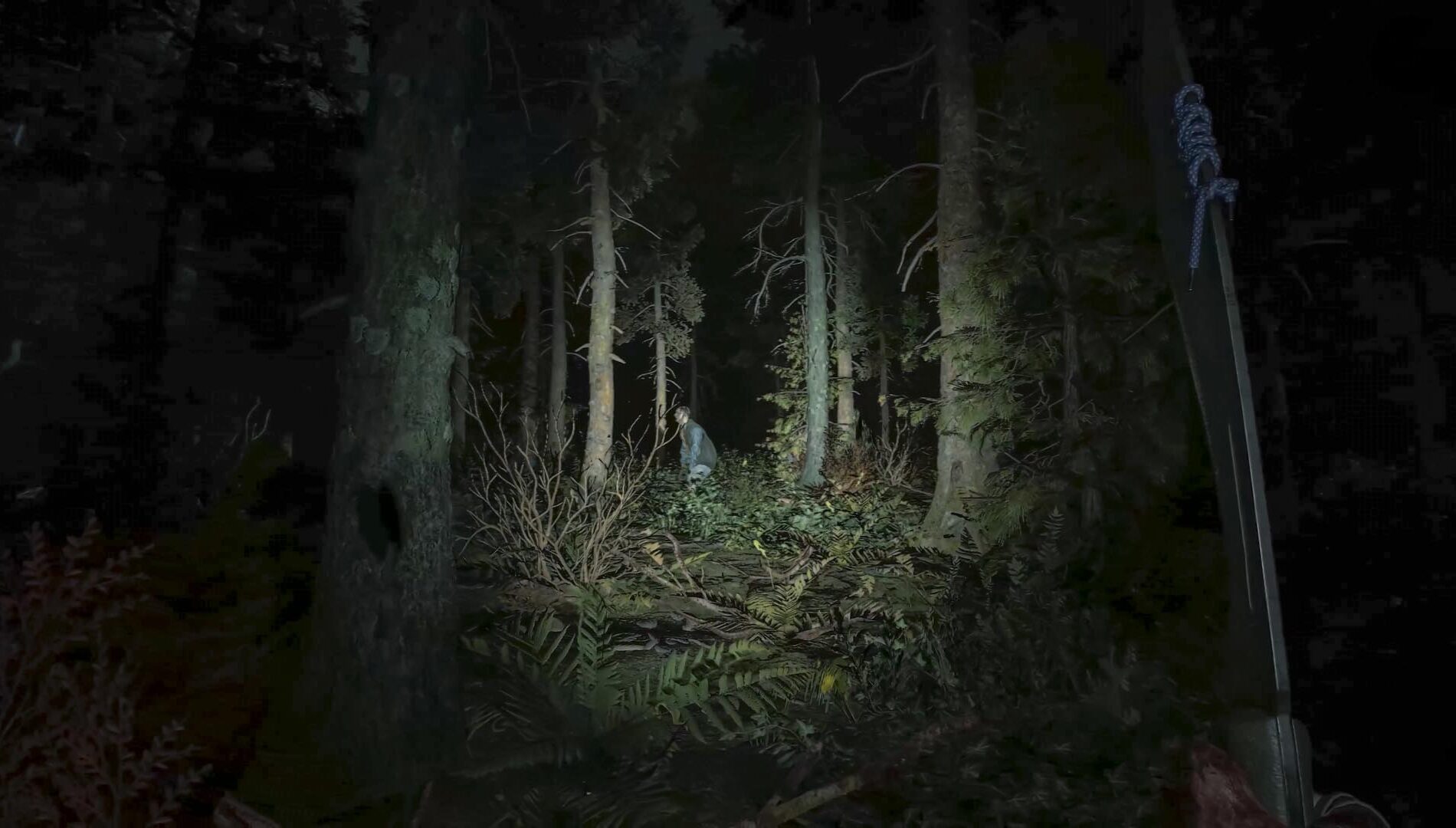
The developers are focused on creating suspense rather than overwhelming players with enemies. “We’re very deliberate with when and how many zombies we spawn,” says Smektała. “We want you on the edge of your seat. Sometimes, the absence of an enemy, paired with their terrifying sounds, can be just as scary as fighting them.”
The Beast Within
Kyle Crane, the hero from the original Dying Light, returns to fight a battle on two fronts: against the monsters outside and the beast within. After being infected at the end of Dying Light: The Following and experimented on for years, his DNA has been spliced with viral strains.
This internal struggle manifests as a new gameplay mechanic. Players can tap into Kyle’s Beast-like powers for brief, violent outbursts, allowing them to tear through zombies with savage force. But this power is fleeting. At the start of the game, Kyle barely has control over it. After a few precious moments of brutal power, you must return to the shadows, where parkour and stealth are once again your keys to survival.
“Don’t mistake the Beast-like powers for a god mode,” Smektała clarifies. “It’s rewarding and fun, but your most important weapon is still your brain.”
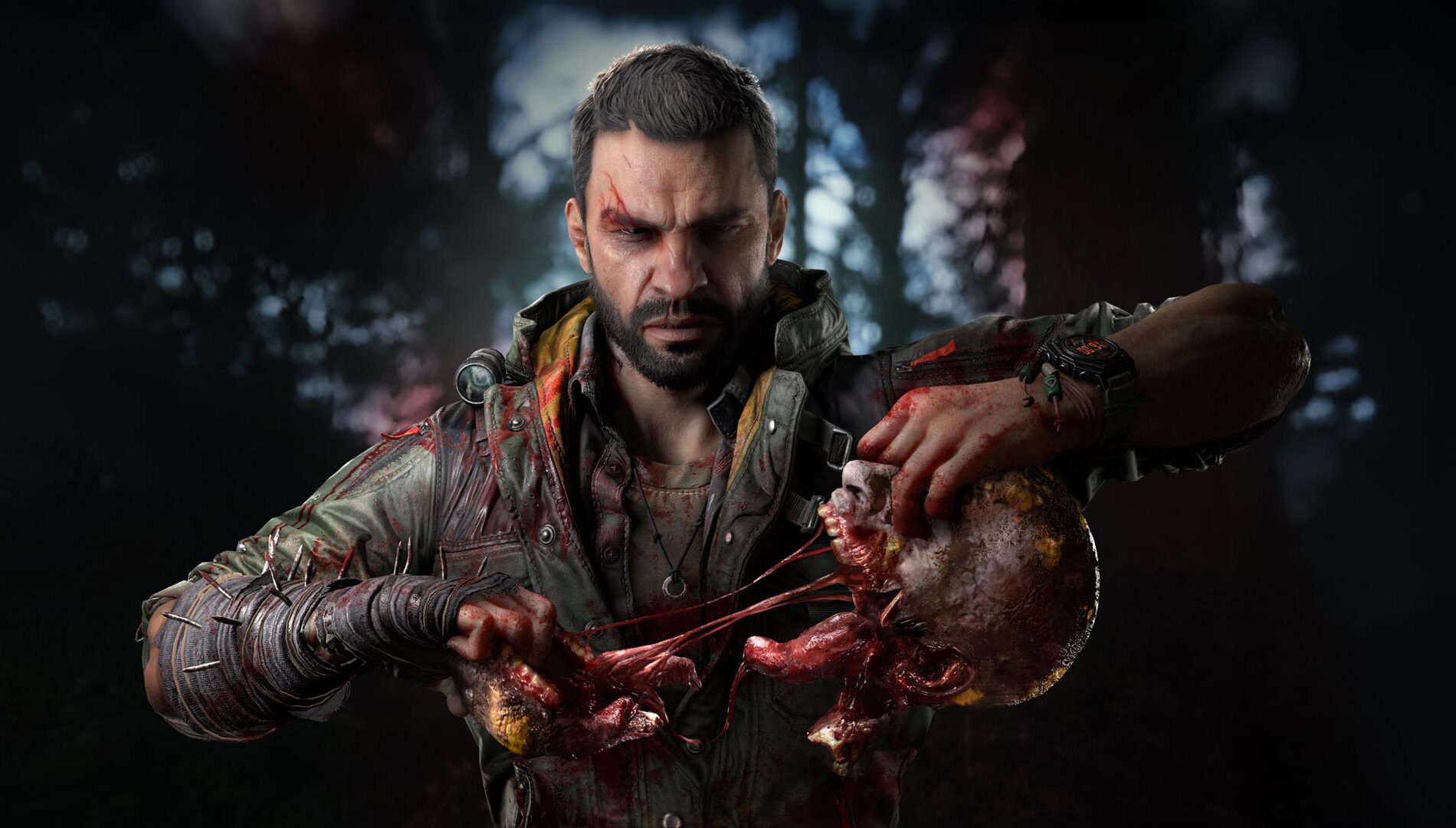
A Calculated Arsenal
Another major change is the reintroduction of firearms, a feature with a complicated history in the series. This time, their inclusion has been carefully balanced.
“The original Dying Light had firearms, but the focus was on melee,” Smektała recalls. “Fans loved the melee so much that for Dying Light 2, we launched without guns. The first piece of feedback we got? ‘Where are the guns?!’ This time, we want to do it right from the beginning.”
In Dying Light: The Beast, firearms are integrated early on, and for the first time, enemy NPCs will also wield them. However, this isn’t a run-and-gun shooter. “Ammo and resources are scarce in Castor Woods,” Lemaire notes. “You’ll have to look around in the world and loot them in world. More importantly, firing a gun is loud. It might solve your immediate problem, but it will attract more enemies. It creates a new strategic layer: do you use a precious bullet for a quick, noisy kill, or stick to stealth and melee?”
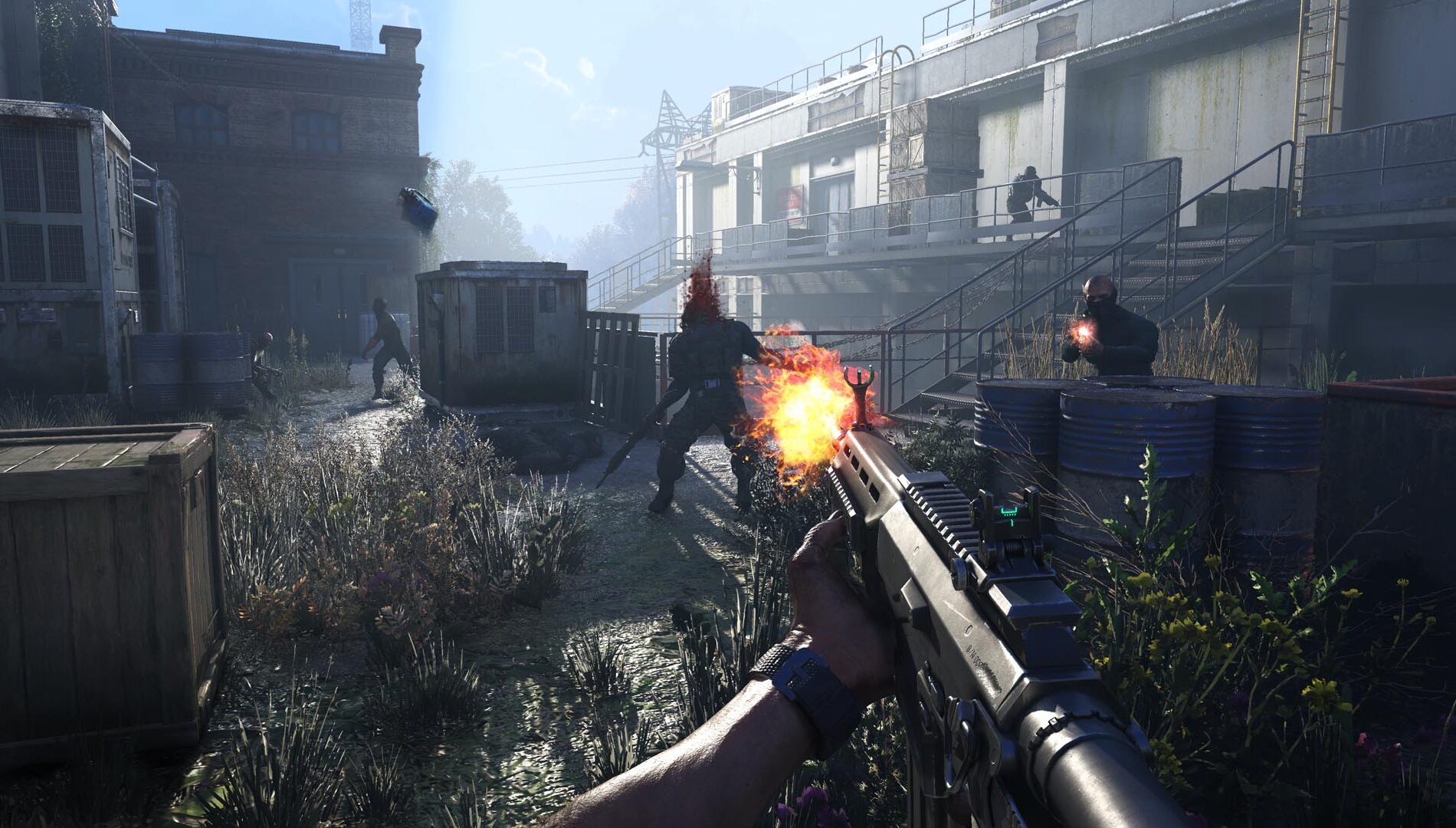
This risk-reward philosophy extends to the new driveable 4×4 trucks. They offer transportation but consume fuel, break down, and attract unwanted attention – a dangerous combination when night is falling.
The Beauty of a Decaying World
This terrifying experience unfolds in the Castor Woods valley, a dense, atmospheric, and entirely new open world. At its center is an old town built on a slope, a parkour paradise full of verticality. Beyond the city lie diverse biomes, including a national park, forests, swamps, farmlands, and mountains, as well as industrial zones and small villages.
“For Castor Woods, we made a conscious decision to handcraft the world instead of using procedural tools,” says Art Director Katarzyna Tarnacka-Polito. “Every room, every abandoned campsite – everything has been placed by our artists. This allows us to control the atmosphere and create a world that feels grounded and full of history. It’s our most beautiful, and most terrifying, environment yet.”
The team focused on density over sheer size, promising that every square inch of the map holds challenges, secrets, or gameplay opportunities. This design is enhanced by major technical improvements.
“Not only are we bringing back the dynamic day-and-night cycle, but we’re also introducing dynamic weather systems,” Tarnacka-Polito adds. “From sun and rain to fog and all-out storms, the world feels more alive than ever. This is enhanced by new lighting systems and elemental effects that impact gameplay.”
When it rains, roads become slippery, affecting vehicle handling. Water can extinguish flames you’ve used on enemies, while electricity becomes even more lethal in wet conditions. This combination of curated design and systemic chaos promises to deliver the unscripted, heart-pounding moments the series is known for.
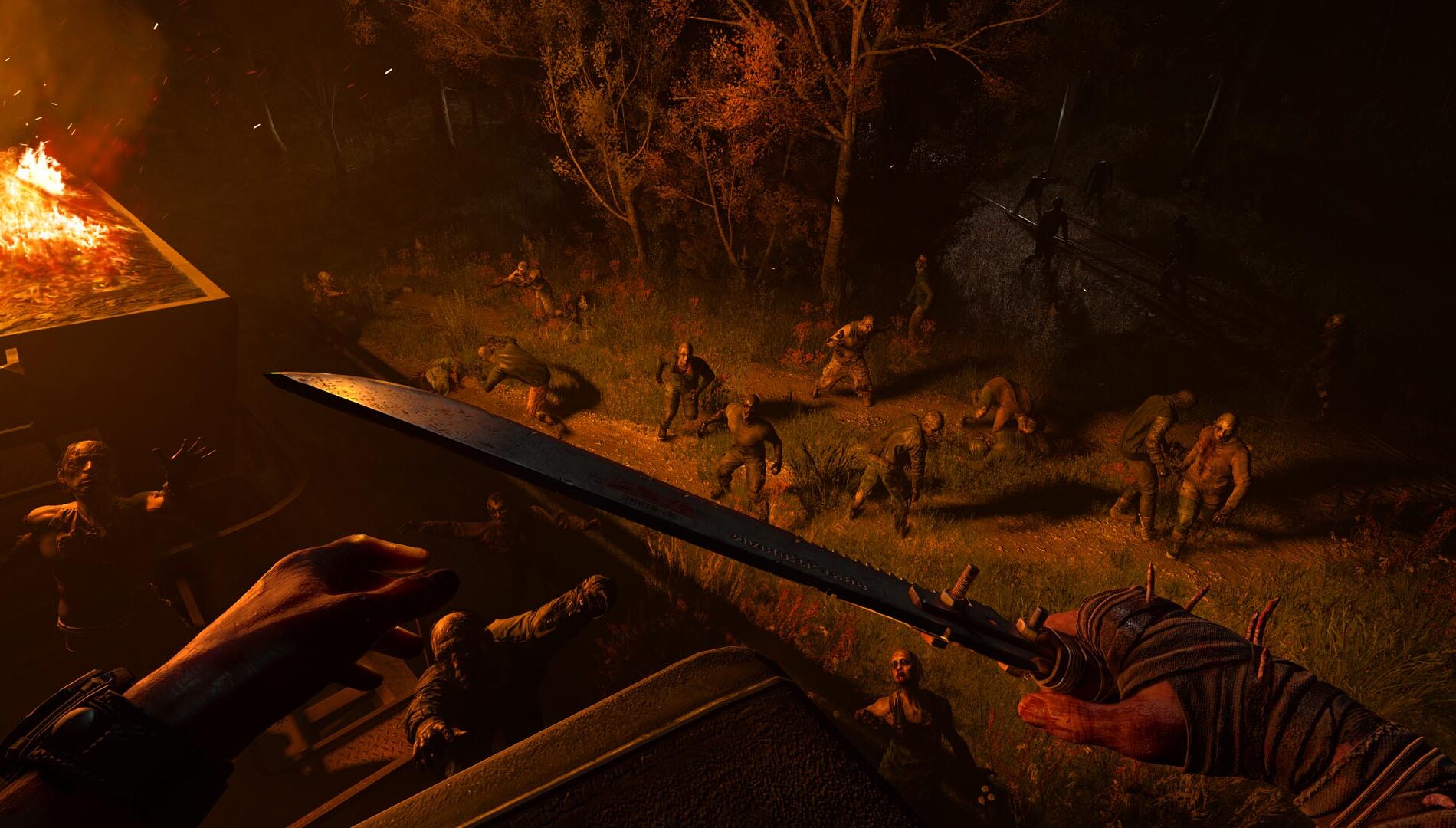
Built Together With Community
Everything you’ve read about today – the return to scarier nights, a beloved but changed hero, the handcrafted world of Castor Woods – is a direct result of the dialogue we have with you – the players! Dying Light is what it is because of our community. We are pouring all of our passion into making The Beast an unforgettable journey.
From all of us at the studio, we truly can’t wait for you to finally make your own trip to Castor Woods: Dying Light: The Beast releases on August 22, 2025 and if you pre-order now, you’ll get the Hero of Harran Bundle on top – a set of items that won’t just help you in Castor Woods, but also honors the legacy of the Dying Light franchise. Good night and good luck out there!
Dying Light: The Beast
Techland
Pre-order the Standard Edition now to get the exclusive Hero of Harran Bundle, which contains:
– Ultimate Survivor Outfit
– Harran Combat Knife (+ Upgradable Blueprint)
– The Follower Crossbow (+ Upgradable Blueprint)
– In Jade’s Memory Pistol (+ Upgradable Blueprint)
– Castor Woods Patrol
You are Kyle Crane. After being captured by the Baron and enduring his painful experiments for years, you escape. But the scars remain. Left on the edge of humanity with both human and zombie DNA, you struggle to control your inner beast and the conflict that comes with it. But you’ll need to, if you want to get your revenge on the man who did this to you. A unique blend of open world and action survival horror, Dying Light: The Beast is set in the beautiful, yet dangerous valley of Castor Woods that’s now overrun with zombies rather than tourists. To take your former captor down, you’ll need to form fragile alliances, as well as utilize all the combat and traversal options in your arsenal. But be careful: out here, each step is a fight for survival, especially once the sun sets and the tension heightens as the true horrors come out at night!
Half Beast, Half Survivor
Become Kyle Crane, a unique hero with DNA of a survivor… and a beast. Switch between two playstyles and experience a fierce inner conflict between man and monster, leading to the ultimate embrace of unstoppable strength.
Primal Brutality
Take the raw savagery of Dying Light’s combat to the extreme and push brutality beyond human limits as you crush skulls, rip heads off, and tear enemies in half struggling to control the hero’s constantly evolving, rage fueled, beast-like powers.
Own the day, fear the night
A signature of the Dying Light series – two vastly different experiences of day and night merge into one unforgettable whole. Scavenge and explore by day, mindful of the constant tension of the moving clock – as when the sun sets, the night unleashes horrors that leave you with only three choices: run, hide, or fight for your life.
Run the Rooftops, Rule the Roads
Feel the rush of best-in-class first-person parkour as you jump from rooftop to rooftop and climb over any obstacle using a movement system accessible to all, yet rewarding those who master it. Then take the wheel of an off-road vehicle and plow through hordes of zombies enjoying unparalleled freedom of open world traversal.
Beautiful Zombie Apocalypse
Breathtaking next-gen visuals bring the handcrafted zombie apocalypse to life, where every detail tells a story of survival. Get lost in the majesty of Swiss-Alps inspired valley of Castor Woods with various biomes – tourist town, industrial area, national park, farm fields, swamps – full of beauty… and decay.
Share the adventure
Band together in up to 4-player co-op to take on the dangers of Castor Woods, where every fight, every discovery and every twisting step of the story can be faced as a group. Use shared progression to conquer the entire adventure side by side, as you face relentless enemies, scavenge for resources and save each other from the brink of death.
The post How Dying Light: The Beast Transformed Nights to Pure Horror – Let’s Ask the Devs appeared first on Xbox Wire.
Official PlayStation Podcast Episode 519: Ghost in the Canvas
Email us at PSPodcast@sony.com!
Subscribe via Apple Podcasts, Spotify, or download here
Hey, everybody! Kristen, Tim, and I are back this week to discuss the Ghost of Yōtei State of Play that featured an in-depth look at gameplay, the moral ramifications of Clair Obscur: Expedition 33’s ending, and our current gaming adventures.
Stuff We Talked About
- Next week’s release highlights:
- Monument Valley 3 | PS5, PS4
- Wildgate | PS5
- Wheel World | PS5
- Killing Floor 3 | PS5
- Wuchang: Fallen Feathers | PS5
- Ghost of Yōtei State of Play — A gameplay deep dive with over 20 minutes of new footage, modes, and two new hardware bundles.
- Bye Sweet Carole — Reveals the new mysterious character “The French” and the inspirations for this narrative-horror title that features hand-drawn visuals.
- Killing Floor 3 — A look at the new launch trailer followed up by a grizzly Q&A with the devs.
The Cast

Kristen Zitani – Senior Content Communications Specialist, SIE

O’Dell Harmon Jr. – Content Communications Specialist, SIE
Thanks to Dormilón for our rad theme song and show music.
[Editor’s note: PSN game release dates are subject to change without notice. Game details are gathered from press releases from their individual publishers and/or ESRB rating descriptions.]

